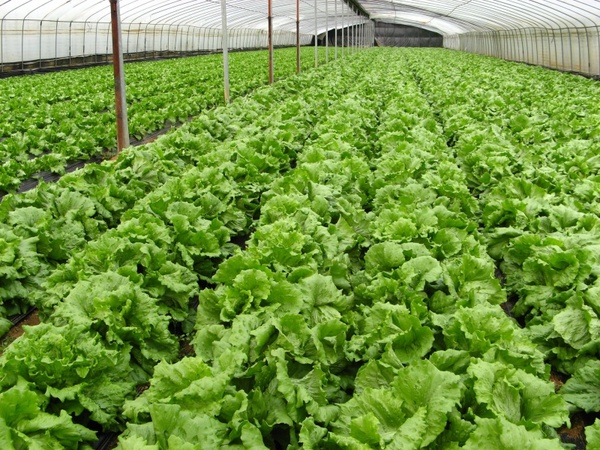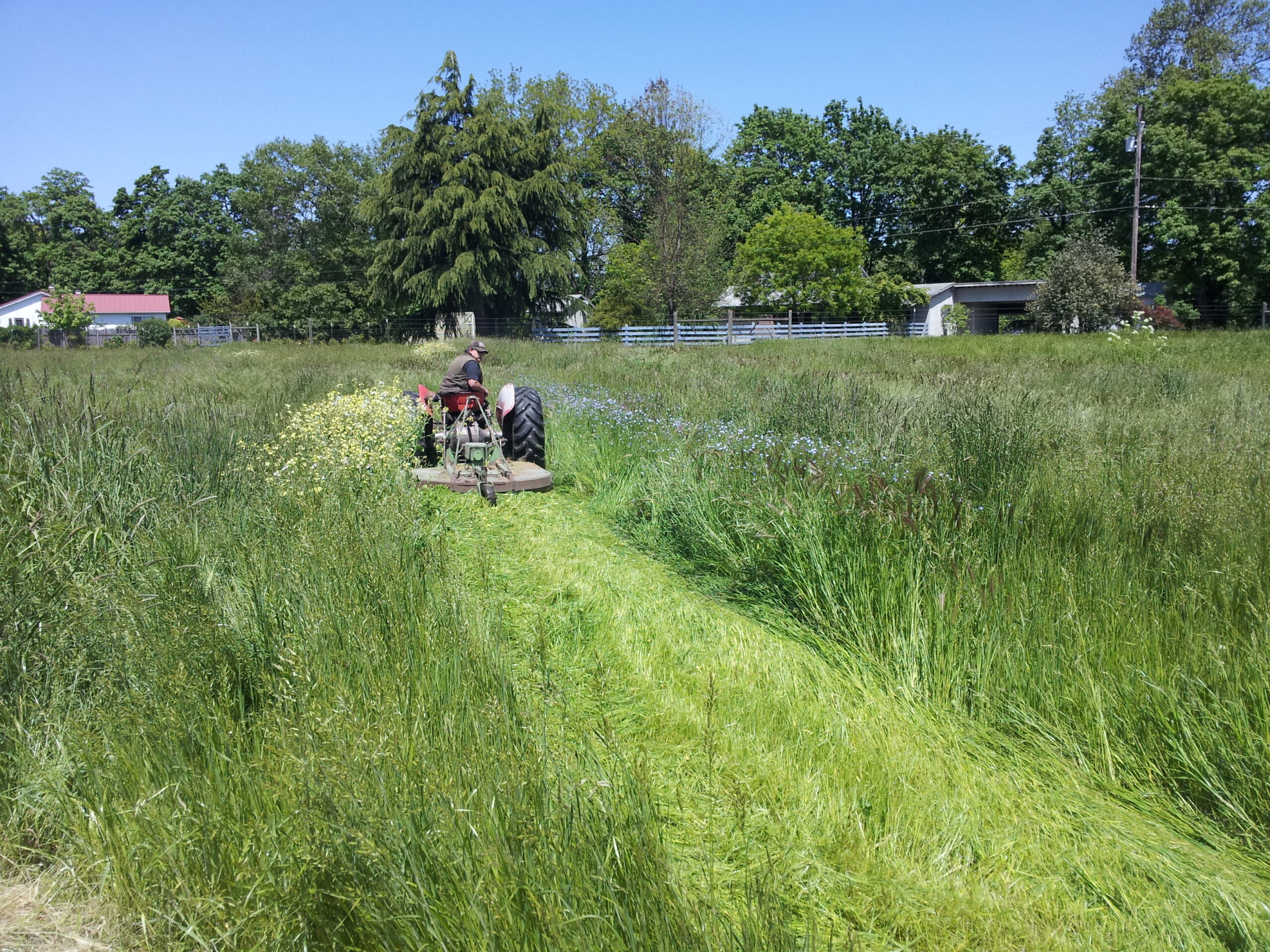Micronutrients w/70% Humic/Fulvic
A chelated micro-nutrient with a food-grade sugar base. This helps the plant absorb the material more effectively and acts as a sugar source after delivering the micro-nutrient to the plant.
Chelated micronutrients are fertilizers where the micronutrient ion (for example Fe or iron) is surrounded by a larger molecule called a ligand or chelator. Ligands can be natural or synthetic chemicals. These compounds combined with a micronutrient forms a chelated micronutrient.
Chelation refers to the process of attaching a specific organic molecule, called a ligand, to a mineral ion at two or more sites to form a ring structure. Chelates (or chelating agents) can be either synthetic or natural.
Chelation keeps a micronutrient from undesirable reactions in solution and soil. The chelated fertilizer improves the bioavailability of micronutrients such as Fe, Cu, Mn, and Zn, and in turn contributes to the productivity and profitability of commercial crop production.
Chelating agents desorb trace metals from soil solid phases by forming strong and water-soluble metal–chelant coordination compounds (complexes). These complexes are very stable, prevent the precipitation and sorption of metals, and do not release their metal ions unless there is a significant drop in soil pH.
Chelates prevent loss of nutrients through leaching, or wash out. Chelation increases the mobility of nutrients in soil. This increased mobility enhances the uptake of nutrients by plants. Chelating agents reduce the growth of plant pathogens by reducing available iron.
For those who practice ornamental horticulture, iron chelate is widely recommended to feed plants such as Rhododendrons and Azaleas when the soil is calcareous.

PACKAGING
30, 55 gallon drums and 275 gallon totes

